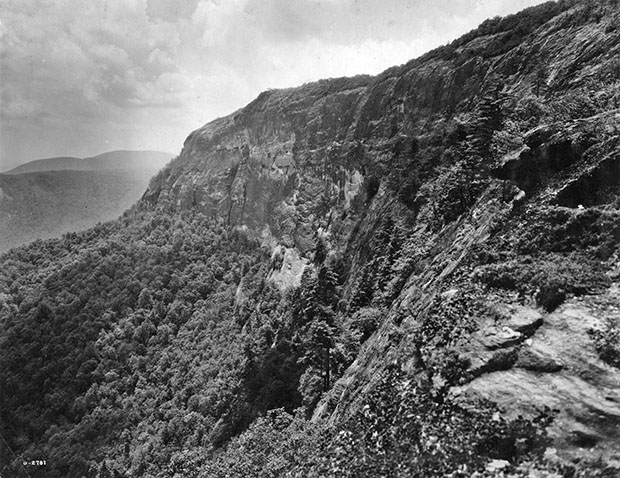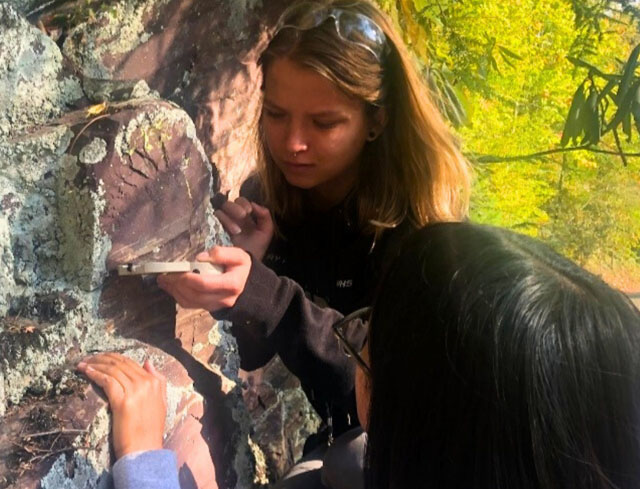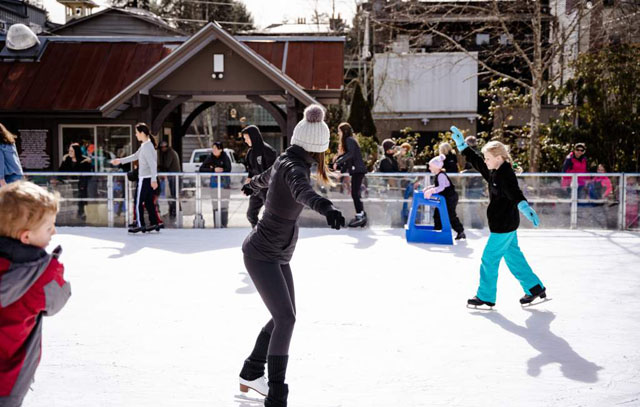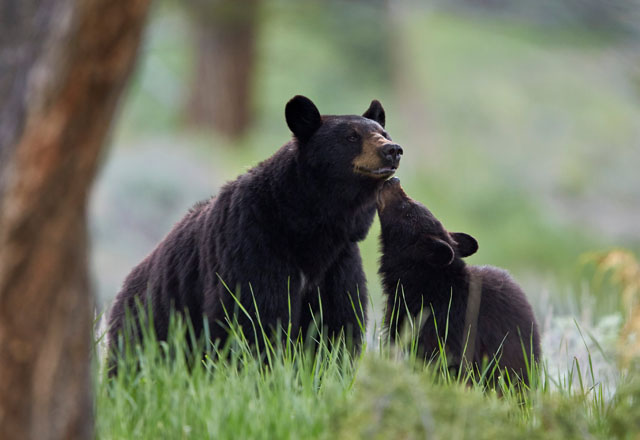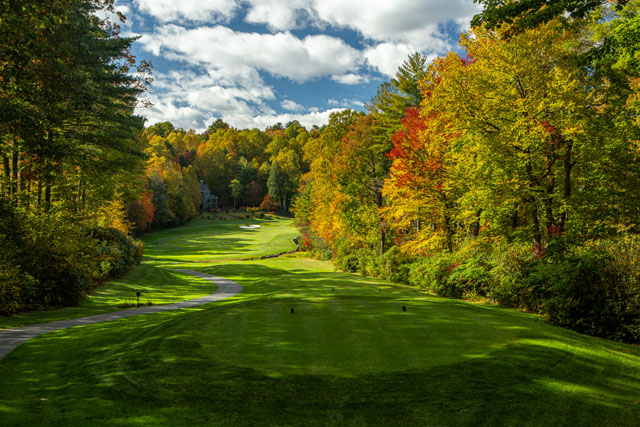Summertime Birding
04 Aug 2021
Knowing where to go and what to look for is key
By: Brittany Conley
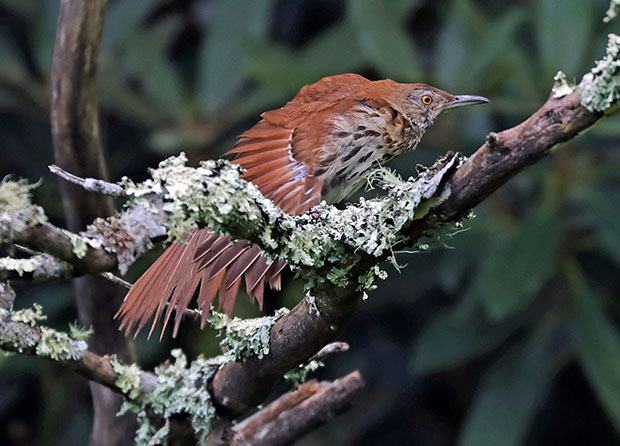
If you listen closely, there is music in our forests. A perpetual symphony, actually. Though occasionally it may seem like a cacophony of chirps, squawks and screeches, there is a purpose to each note and trill. The birds of the Highlands-Cashiers Plateau have a language all their own. To us, their songs may just be a musical backdrop for our hike, but for the birds? Their songs are how they thrive in the world, how they stake claim to territory, how they hunt, and how they find love. And if you know what to listen for, you might just glimpse some of the most stunning winged creatures you never imagined you would find in southern Appalachia. From some of the largest birds of prey to the tiniest fluttering hummingbird, we have an incredible array to delight birdwatchers of all skill levels.
Plentiful Birding on The Plateau
This begs the question: what exactly makes the Highlands-Cashiers Plateau such a great place for birdwatching? According to Brent Martin, who serves not only on the board of the Blue Ridge Bartram Trail Conservancy, but he’s also co-founder of Alarka Expeditions and serves as the vice president of the Highlands Audubon Society, the answer lies in the plateau’s diverse landscape.
“[We] have a lot of intact...unbroken forests. We get a lot of species that are in search of these big, unbroken lands. We get birds coming up from the tropics, and some of them are staying and breeding,” says Martin.
Our elevation plays a big role as well, according to Brock Hutchins, the president of the Highlands Audubon Society. “Our elevation makes it seem like we’re further north than what we are. So, we have birds and plants that are common in places like Canada that you don’t see in Atlanta.”
Thanks to the efforts of many dedicated volunteers, we even have a solid estimation of how many species of birds one might find here. “It’s hard to tell an exact number, but at least 130,” explains Martin, citing a 2019 count made during The Great Smoky Mountain Birding Expedition, a yearly two-day event where volunteers and researchers seek as many species as possible. “We’re after everything,” Martin says, explaining the group has seen as many as 100 individual species in the course of a single day.
The entire plateau is certainly teeming with wildlife viewing opportunities, but according to both Martin and Hutchins, there are a few places that stand out for favorable birdwatching conditions. Both tout the Highlands Biological Station and The Bartram Trail as excellent choices. “There are some great trails around the Biological Station that go around the lake so you can see waterfowl and some brushy habitats as well,” Martin says, adding there are even good places for birdwatching from your car. “You can find a lot down Turtle Pond Road and you don’t even have to get out of your car... There are a lot of places to pull off and see birds like the indigo bunting and the chestnut-sided warbler that are attracted to open spaces in higher elevations.”
Hutchins echoed his colleague’s sentiments and is also a fan of the viewing opportunities at Sunset Rock and the Cliffside Lake Recreation Area. “They’re close by, and you can see a lot if you know where to look,” says Hutchins.
As for what you might see, that’s harder to answer. It’s important to keep in mind many species of birds may look a little disheveled in late summer and early fall as opposed to early springtime. This is due to the birds’ natural molting process. The vibrant colors displayed earlier in the year may be temporarily dulled by fall. A primary example, the male scarlet tanager, one of the most popular birds to spot according to Martin, has blazing red feathers in the spring, but after molting, their plumage is mottled with darker yellows, olive drab and gray.
But there are still plenty of reasons to get out for some late summer or early fall birding expeditions. Aside from the fact that watching and appreciating the molting process can be fascinating in and of itself, this is the time of year many birds will flock back to their other homes to overwinter. If, for instance, you catch yourself at Whiteside Mountain at just the right time, you may be privy to a spectacular display of hundreds of migratory hawks flocking together for their journey south or perhaps another favored raptor, the cliff dwelling peregrine falcon as it stalks the skies hunting for its next dinner.
Tips For Birdwatching
Birdwatching can be one of the most relaxing and rewarding hobbies out there if you’re willing to make the time commitment to learn what to look and listen for and if you invest in the right gear. “Binoculars. Get good binoculars,” says Hutchins, a point heartily agreed upon by Martin—and each of them encourages fledgling birders to only focus on learning a few species at a time. But, even the best set of binoculars won’t let you see birds that are not there, so you’ll want to ensure you follow other guidelines to maximize the number of birds you’ll actually get to see, even if you don’t yet know what they are. Here are a few more tips for birding success:
- Be quiet. Birds are always listening for predators and aren’t likely to stick around if there is a lot of unfamiliar chatter or heavy footsteps headed their way.
- Wear the right clothing. Not only will you want to wear clothing that is comfortable and climate-appropriate, but the color of your clothing might help or hurt your efforts. Brightly colored clothing in high contrast with your surroundings will make you more easily spotted by the birds no matter how stealthily you move.
- Keep the sun at your back. While not always possible, if you are able to move with the sun at your back, it will both make spotting birds easier and keep the birds you are trying to identify from being silhouettes.
Getting to know the birds that live here is a wonderful way to deepen your connection to the land we love so much. If you would like more information on birdwatching on the Highlands-Cashiers Plateau or to see how you can help keep this area a flourishing sanctuary for both migratory and resident birds, please check out these amazing organizations for volunteer opportunities or to make a contribution to their cause:
www.highlandsaudubonsociety.org
You can also learn more or find guided birdwatching hikes by visiting Alarka Expeditions


